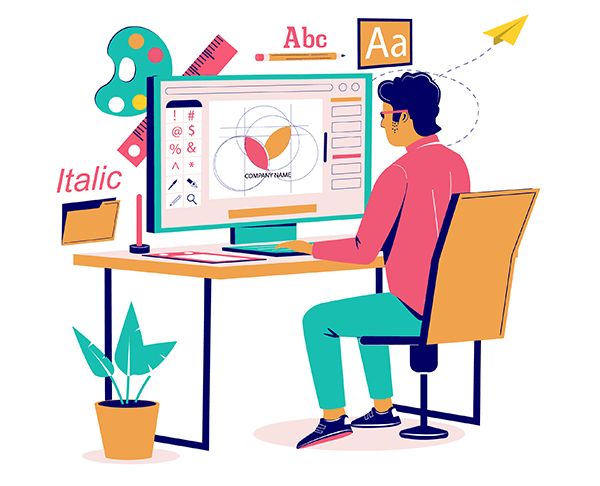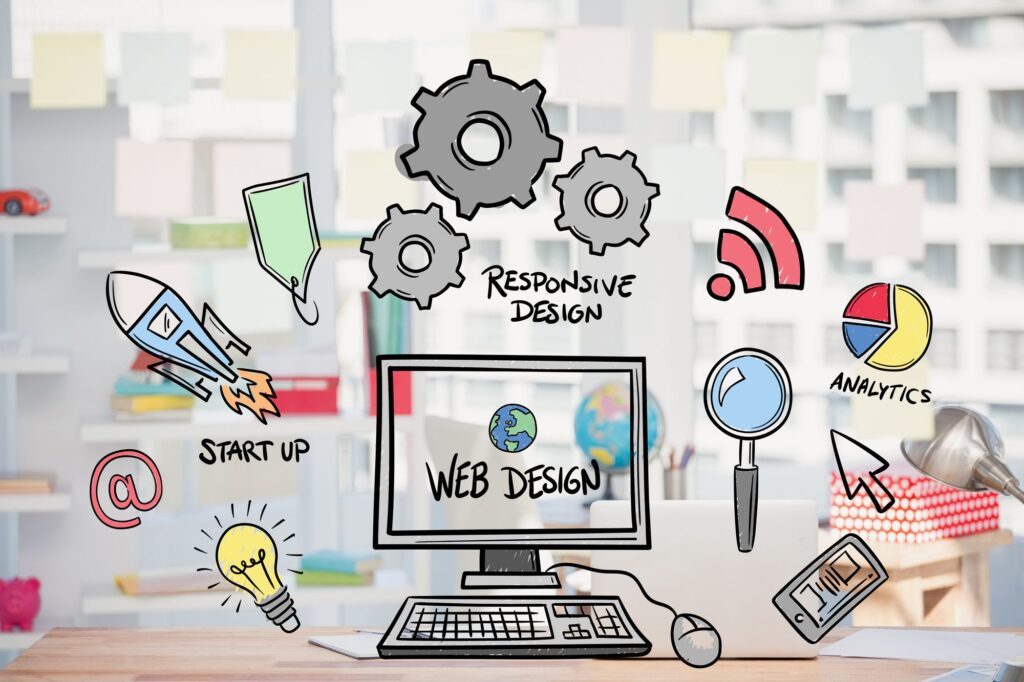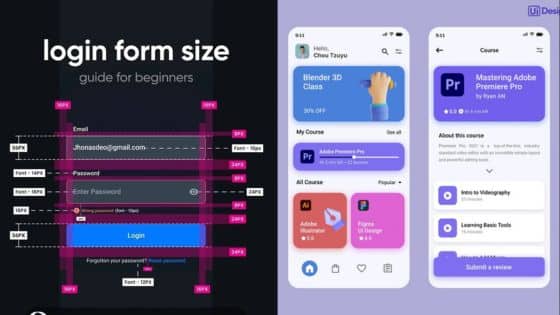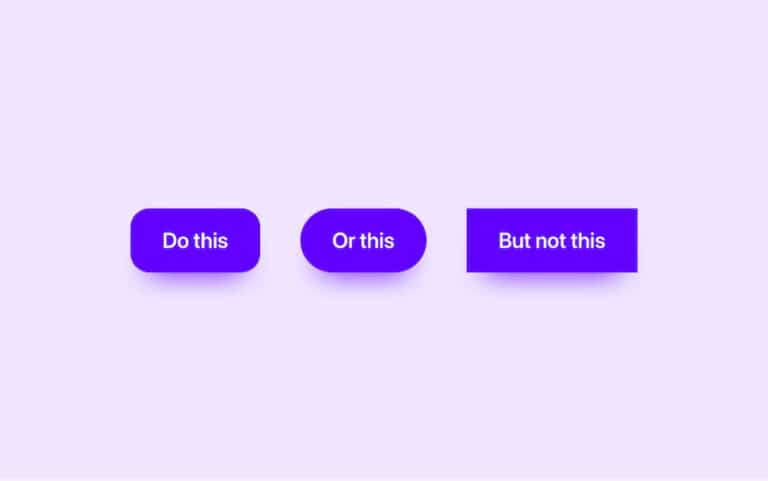In many digital product teams, testing is viewed as a back-end responsibility, a task reserved for QA engineers, far removed from the realms of design or front-end development. But that mindset is rapidly becoming outdated.
As user expectations rise and release cycles accelerate, design and development professionals must recognize the pivotal role testing plays in user experience. It’s no longer sufficient to design beautiful interfaces or write efficient code; ensuring that these elements function flawlessly in the hands of users is just as essential.
This article explores how AI-powered testing is reshaping the way teams ensure quality, consistency, and usability. More importantly, it makes the case for why designers and developers should be active participants in this evolution.


Where Design Meets Testing
Design integrity doesn’t end at the prototype phase. Once designs are translated into code, countless variables can distort their intent, device sizes, browser discrepancies, regressions from updates, or simple human error.
Imagine a product where a call-to-action button shifts alignment after a layout update, or an animation stops responding post-release. These aren’t just bugs; they’re breakdowns in the user experience.
Designers and developers must understand that visual consistency and usability are vulnerable to changes during implementation. Testing is the only guardrail ensuring that what was envisioned actually makes it into the user’s hands, intact.

Understanding AI-Powered Testing
AI-powered testing refers to the use of artificial intelligence and machine learning techniques to create, execute, and maintain tests in software environments. Unlike traditional manual testing or rigid scripted tests, AI-enabled tools adapt to changes in the application and intelligently identify bugs, regressions, and anomalies.
Modern AI software testing tools can simulate complex user interactions and evaluate performance across multiple platforms, devices, and use cases with minimal human input. Studies on AI-based software testing highlight that these tools deliver substantial benefits in terms of scalability, accuracy, and time efficiency.
For design and development teams, this means faster feedback loops, fewer visual regressions, and a much smoother path from prototype to production.

Natural Language Testing: Reducing Technical Barriers
One of the most transformative aspects of AI-powered testing is the ability to create tests using natural language. Tools like testRigor empower users to define testing steps using plain English.
For example, instead of writing code to validate a login and checkout flow, a test can be written as:
“Go to the login page, enter credentials, log in, add two items to the cart, proceed to checkout, and verify confirmation message.”
This functionality breaks down barriers for non-technical stakeholders, including designers and product managers, by allowing them to contribute directly to the quality assurance process.
More importantly, it fosters cross-functional collaboration, helping teams validate user flows from end to end, earlier in the development process.


Safeguarding Visual Consistency
Visual consistency is foundational to good design and a trustworthy brand. Unfortunately, even minor CSS changes or content updates can have ripple effects that distort layouts and break designs.
AI-powered visual testing tools analyze pixel-level differences between UI versions to detect discrepancies that might otherwise go unnoticed in manual reviews. They track dynamic elements, adapt to responsive layouts, and flag unintended changes in visual hierarchy, padding, or alignment.
Industry insights reinforce that visual validation tools are essential for maintaining UI/UX quality, especially in agile environments with frequent changes.
For designers, this means your visual language is preserved with fidelity across iterations. For developers, it reduces back-and-forth over styling errors late in the development cycle.

Cross-Functional Collaboration in Action
Modern product teams thrive on collaboration. Yet, testing is often a bottleneck due to its perceived complexity and technical nature.
By adopting AI-driven platforms like testRigor, teams can close the gap between design, development, and QA. These tools provide a shared language and centralized interface where all team members can contribute, review, and refine tests together without needing deep testing expertise.
Highlighting the importance of early collaboration, involving designers and developers in the QA process reduces misunderstandings, speeds up iterations, and fosters a more cohesive product vision.
Ultimately, AI testing empowers product teams to move in sync, from ideation to release.


Performance Testing: UX Goes Beyond Aesthetics
A seamless interface means little if the application lags or breaks under pressure. Performance is an often-overlooked aspect of user experience, one that can significantly affect engagement and satisfaction.
AI testing tools help monitor page load times, response delays, and interaction bottlenecks. They simulate user behavior under various conditions (e.g., high traffic, mobile data) and alert teams to areas that require optimization.
These AI testing capabilities are no longer exclusive to large enterprises. Even small teams can now harness AI to make data-driven design and development decisions that enhance usability and scalability.

Why Designers Should Pay Attention
Designers invest significant time in building thoughtful, user-centric experiences. But without quality assurance, those efforts can easily be compromised in deployment.
AI-powered testing serves as a design safety net, ensuring that UI components behave as expected, visual elements render correctly, and user journeys stay intact, regardless of code changes.
Moreover, tools like testRigor allow designers to test their own workflows during the design or staging phase, fostering greater ownership and accountability in the product lifecycle.
Embracing AI-powered testing tools not only boosts efficiency but also sharpens design thinking by validating ideas through real-world user scenarios.
Future-Proofing With AI Software Testing Tools
As digital ecosystems grow more complex, so do the demands on software testing. Cross-platform consistency, accessibility compliance, and rapid deployment cycles are now baseline expectations.
By integrating AI software testing tools into daily workflows, teams gain the flexibility and insight needed to evolve alongside user demands. These tools are built to scale, adapting to changing interfaces, new features, and third-party integrations.
For design and development teams at any stage, adopting AI testing is an investment in sustainable quality assurance and a safeguard for user satisfaction.
Conclusion
AI-powered testing is not just a trend, it’s a transformative shift in how digital products are validated, maintained, and improved.
For designers, it’s a means to protect and validate visual integrity. For developers, it’s a way to detect bugs earlier and reduce production issues. For both, it’s a gateway to faster iterations, better collaboration, and improved product quality.
As tools like testRigor continue to make AI testing accessible to non-technical users, the gap between creative vision and technical execution continues to close.
In a world where first impressions happen in seconds, ensuring your product performs perfectly from the first click is no longer optional, it’s essential.
- 0shares
- Facebook0
- Pinterest0
- Twitter0
- Reddit0













